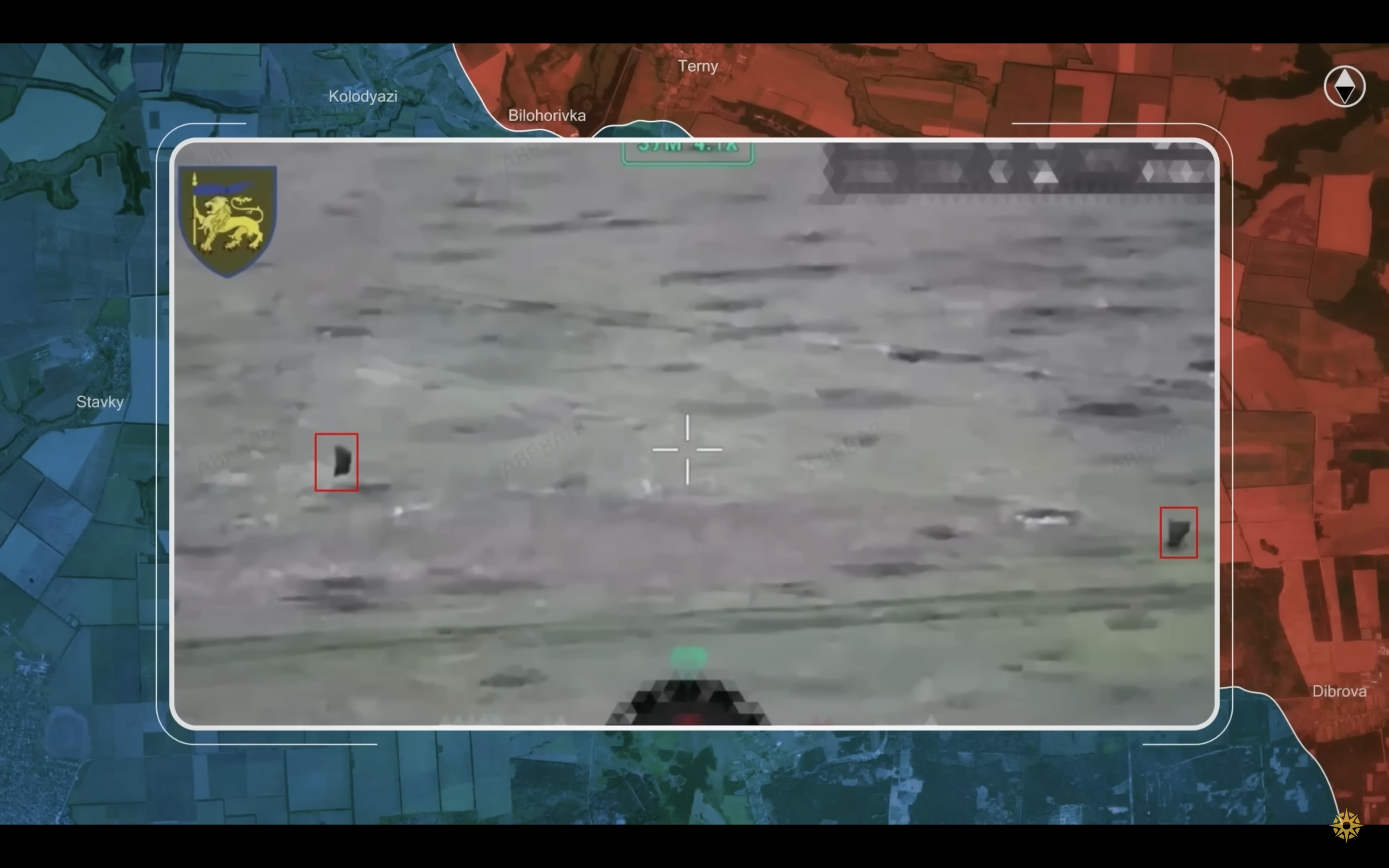More of Ukraine’s first-person-view drones see at night, thanks to tiny infrared sensors that see in the infrared part of the spectrum—and can detect the heat generated by a human body.
There’s a simple method to hide from these exploding night-vision drones, however. Thermal blankets, which contain body heat, can help a wearer blend in with the cooler nighttime landscape.
But there are good thermal blankets and bad ones—and all of them are only as effective as their wearers are disciplined. Let your leg, arm, or head peak out, and the drones may spot you.
Consider recent thermal-blanket failures along the 1,100-km front line of Russia’s 39-month wider war on Ukraine. On Wednesday night, a squad of Russian infantry moved toward positions held by the Ukrainian army’s 63rd Mechanized Brigade near the city of Lyman. The Russians all wore thermal blankets over their shoulders.
But the blankets actually worked too well. The 63rd Mechanized Brigade’s night-vision FPV drones easily spotted the approaching Russians not by their heat, visible as bright spots on the drones’ infrared sensors, but by their lack of heat—the cold spots among the surrounding foliage.
A barrage of FPVs rained down on the Russians, who almost certainly couldn’t see the lethal drones coming. The “funny occupiers in the Lyman region … put on anti-drone raincoats and thought that now they are safe,” the 63rd Mechanized Brigade quipped.
A photo apparently depicting the morning aftermath of the Wednesday night massacre revealed multiple impacts from FPVs—and five or six discarded thermal blankets, some potentially concealing dead Russians. A second photo depicted five sprawled Russian bodies.

The right amount of heat to hide from night-vision drones
Thermal blankets must hold just the right amount of heat to make a person (radiating 37 degrees of heat) blend in with the landscape (which might be cooler or warmer). Survivalists have found that pricier blankets, made of several different materials and costing as much as $400, work much better than cheaper all-mylar blankets that might cost just a few dollars.
The Russians assaulting Lyman chose the cheaper blankets—and paid for it with their lives. Another Russian assault group had effective blankets, but wore them wrong. Their limbs and heads poked out, radiating detectable heat and drawing the attention of FPV drones.
These Russians’ mistake is understandable. Because a thermal blanket traps heat, it can be very uncomfortable, especially during the summer. It’s surely tempting to relax the fit to get some relief from the oven, even when that oven is the only thing obscuring your infrared signature.

Frontline report: Russians become walking trash bags to evade Ukrainian thermal drones
Russian troops have been wearing thermal blankets for at least two years. But the blankets were rare early on. “It is doubtful that the enemy can supply these anti-thermal blankets/coats on a significant scale,” Tatarigami, the founder of the Frontelligence Insight analysis group, wrote in April 2023. “Nonetheless, even if they can only be utilized by small groups or sniper teams, they still pose a potential threat.”
With wider adoption, more Russians are undoubtedly hiding from Ukrainian drones. But others are wearing cheap blankets—or wearing expensive blankets badly. “It is crucial for us to acknowledge the capabilities of the enemy and implement our own countermeasures accordingly,” Tatarigami warned two years ago. But the most effective countermeasures may be cheap Russian blankets and poor Russian training.





